Cultivar group Italica | ||
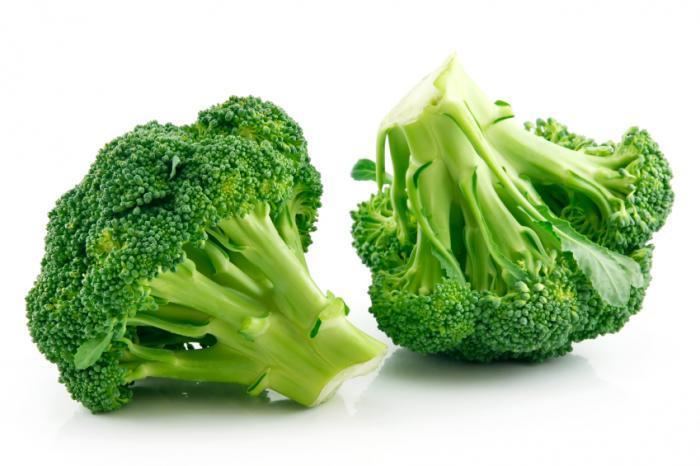 | ||
Similar Cauliflower, Vegetable, Spinach, Carrot, Cabbage | ||
Khana khazana may 30 10 broccoli aloo tofu sabzi
Broccoli is an edible green plant in the cabbage family whose large flowering head is eaten as a vegetable.
Contents
- Khana khazana may 30 10 broccoli aloo tofu sabzi
- Broccoli with besan subzi indian recipe
- Varieties
- Production
- Cultivation
- Pests
- Nutrition
- Taste
- References
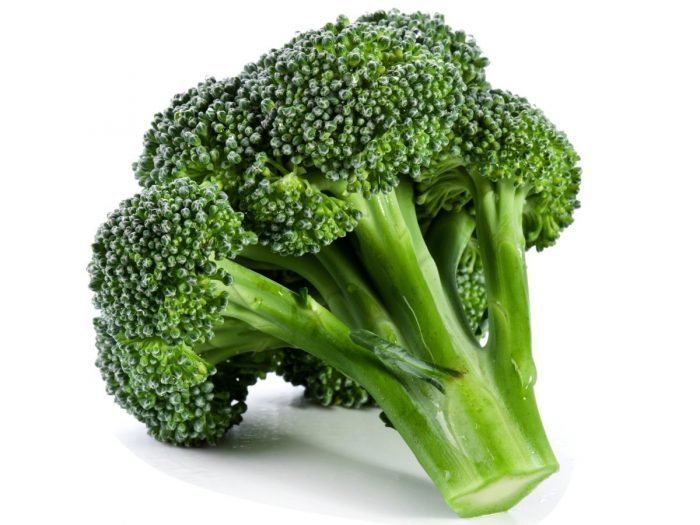
The word broccoli comes from the Italian plural of broccolo, which means "the flowering crest of a cabbage", and is the diminutive form of brocco, meaning "small nail" or "sprout". Broccoli is often boiled or steamed but may be eaten raw.
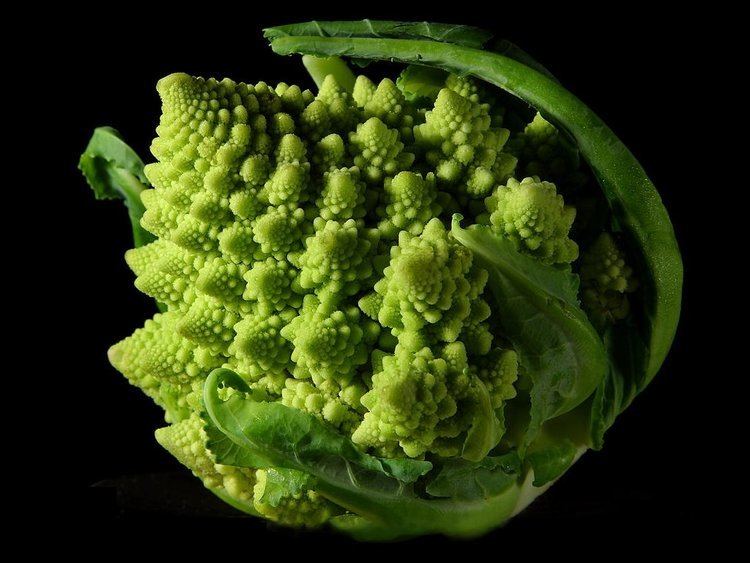
Broccoli is classified in the Italica cultivar group of the species Brassica oleracea. Broccoli has large flower heads, usually green in color, arranged in a tree-like structure branching out from a thick, edible stalk. The mass of flower heads is surrounded by leaves. Broccoli resembles cauliflower, which is a different cultivar group of the same species.
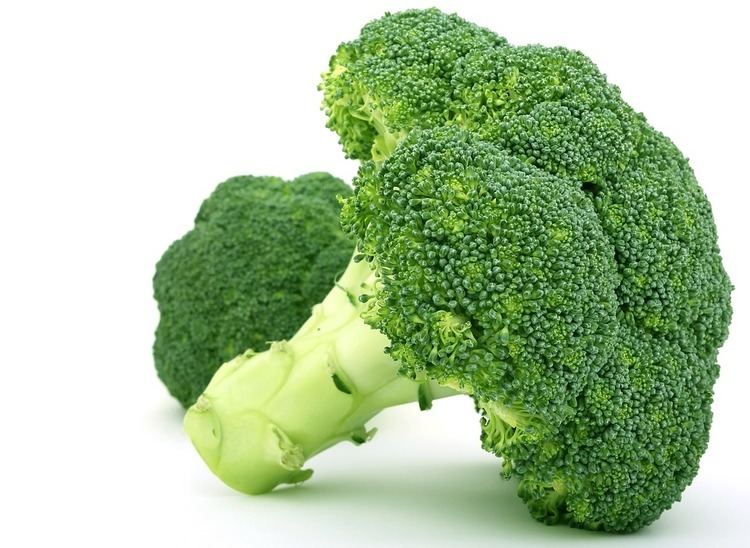
Broccoli is a result of careful breeding of cultivated Brassica crops in the northern Mediterranean starting in about the 6th century BC. Since the time of the Roman Empire, broccoli has been considered a uniquely valuable food among Italians. Broccoli was brought to England from Antwerp in the mid-18th century by Peter Scheemakers. Broccoli was first introduced to the United States by Southern Italian immigrants, but did not become widely popular until the 1920s.
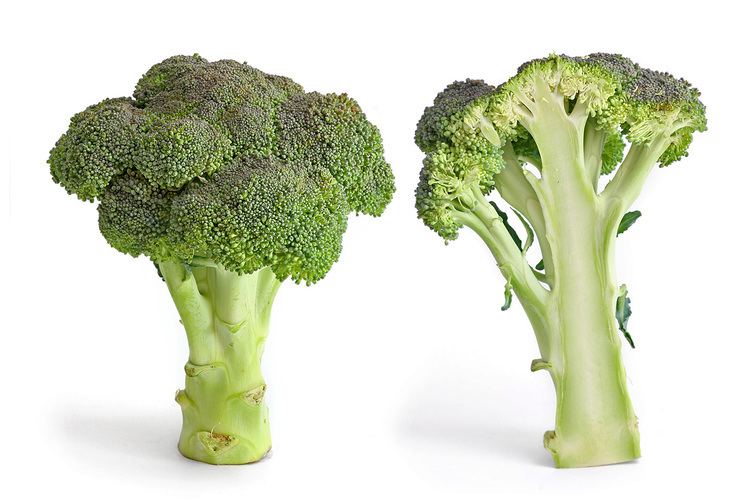
Broccoli with besan subzi indian recipe
Varieties
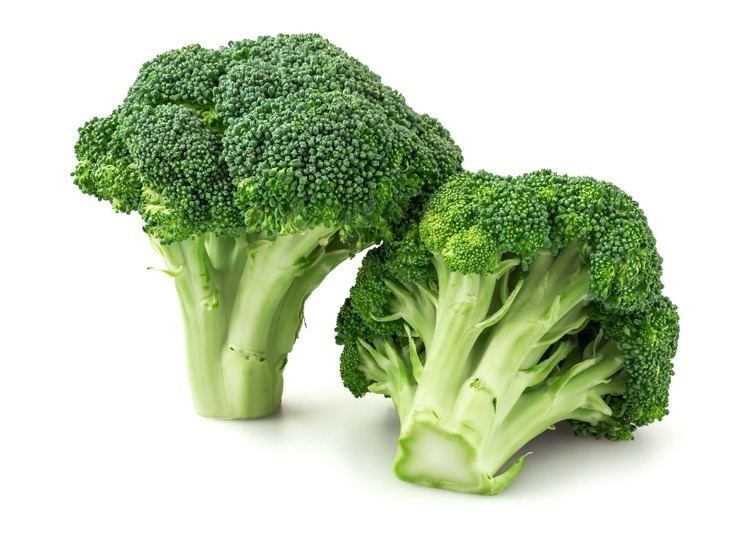
There are three commonly grown types of broccoli. The most familiar is Calabrese broccoli, often referred to simply as "broccoli", named after Calabria in Italy. It has large (10 to 20 cm) green heads and thick stalks. It is a cool season annual crop. Sprouting broccoli has a larger number of heads with many thin stalks. Purple cauliflower is a type of broccoli sold in southern Italy, Spain, and the United Kingdom. It has a head shaped like cauliflower, but consisting of tiny flower buds. It sometimes, but not always, has a purple cast to the tips of the flower buds.
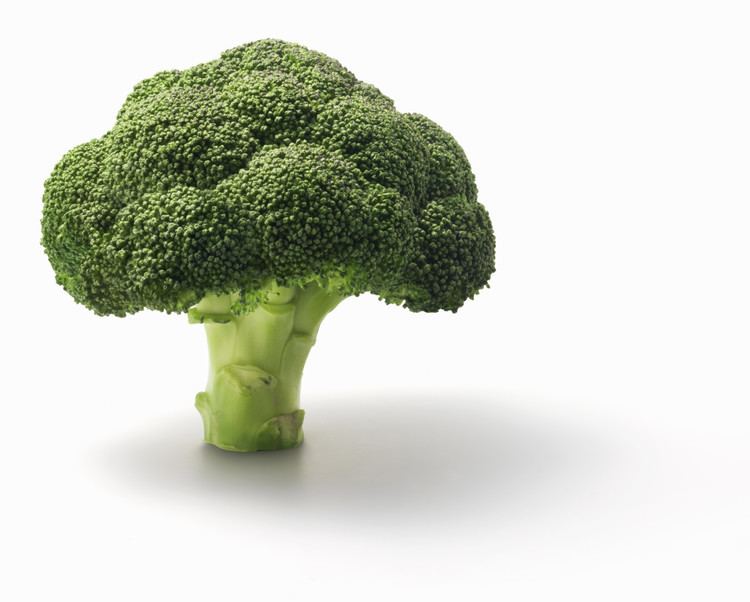
Other cultivar groups of Brassica oleracea include cabbage (Capitata Group), cauliflower and Romanesco broccoli (Botrytis Group), kale and collard greens (Acephala Group), kohlrabi (Gongylodes Group), Brussels sprouts (Gemmifera Group), and kai-lan (Alboglabra Group). Rapini, sometimes called "broccoli raab" among other names, forms similar but smaller heads, and is actually a type of turnip (Brassica rapa). Broccolini or "Tenderstem broccoli" is a cross between broccoli and Chinese broccoli. Beneforté is a variety of broccoli containing 2–3 times more glucoraphanin that was produced by crossing broccoli with a wild Brassica variety, Brassica oleracea var villosa.
Production
In 2013, global production of broccoli (combined for production reports with cauliflowers) was 22.3 million tonnes, with China and India together accounting for 76% of the total (table). Secondary producers, each having about 0.5 million tonnes annually, were Spain, Mexico and Italy (table).
Cultivation
Broccoli is a cool-weather crop that does poorly in hot summer weather. Broccoli grows best when exposed to an average daily temperature between 18 and 23 °C (64 and 73 °F). When the cluster of flowers, also referred to as a "head" of broccoli, appear in the center of the plant, the cluster is green. Garden pruners or shears are used to cut the head about an inch from the tip. Broccoli should be harvested before the flowers on the head bloom bright yellow.
While the heading broccoli variety performs poorly in hot weather, mainly due to insect infestation, the sprouting variety is more resistant, though attention must be paid to sucking insects (such as aphids), caterpillars and whiteflies. Spraying of bacillus thuringiensis can control caterpillar attacks, while a citronella vase may ward off whiteflies.
Pests
Mostly introduced by accident, "cabbage worms", the larvae of Pieris rapae, the small white butterfly are a common pest in broccoli.
Nutrition
As shown on the table, a 100 gram serving of raw broccoli provides 34 kcal and is an excellent source (20% or higher of the Daily Value, DV) of vitamin C and vitamin K. Raw broccoli also contains moderate amounts (10–19% DV) of several B vitamins and the dietary mineral manganese, whereas other essential nutrients are in low content. Broccoli has low content of carbohydrates, protein, fat, and dietary fiber.
Boiling broccoli reduces the levels of sulforaphane, with losses of 20–30% after five minutes, 40–50% after ten minutes, and 77% after thirty minutes. However, other preparation methods such as steaming, microwaving, and stir frying had no significant effect on the compounds.
Broccoli also contains the carotenoid compounds lutein and zeaxanthin in amounts about 6 times lower than in kale.
Taste
The perceived bitterness of cruciferous vegetables such as broccoli varies from person to person, but the functional underpinnings of this variation are not known. Some research reports that the gene TAS2R38 may be responsible for bitter taste perception in broccoli. Other factors, such as isothiocyanates and/or polyphenols, are also likely involved in bitterness perception.
